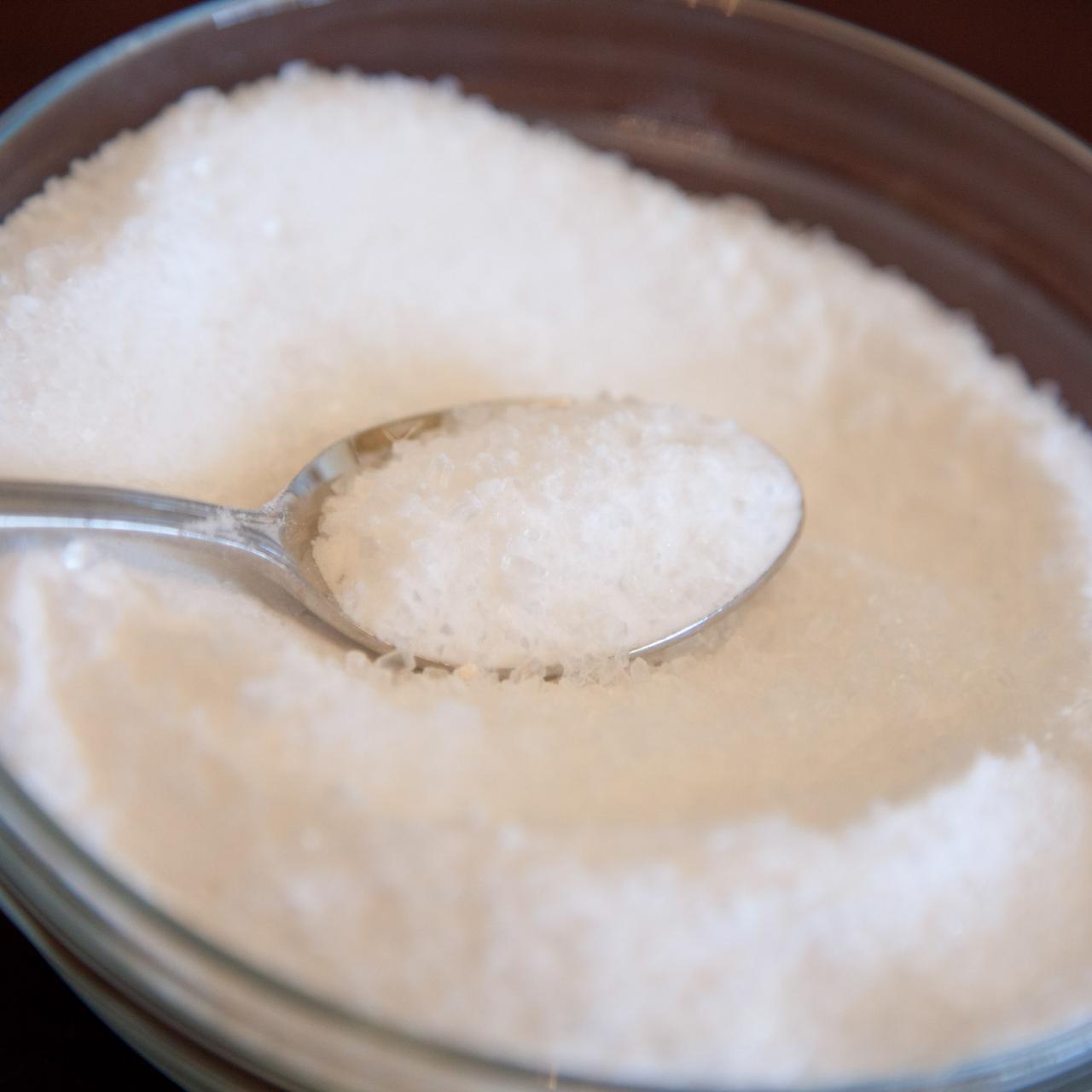What Plants Don't Like Epsom Salt? Tips for Much Better Plant Treatment
What Plants Don't Like Epsom Salt? Tips for Much Better Plant Treatment
Blog Article
Discover the Details Plants That Are Adversely Affected by Epsom Salt Application
Epsom salt, a prominent home remedy for various horticulture distress, is usually commended for its valuable impacts on plant growth. Understanding the certain plants that can be detrimentally impacted by Epsom salt is important for any kind of garden enthusiast looking to maximize their plant treatment routine.
Roses

Roses, especially conscious modifications in their environment, can be adversely impacted by the application of Epsom salt. While Epsom salt is commonly made use of as a fertilizer to advertise plant development and enhance flowering, roses are among the plants that do not respond well to its application. The high magnesium web content in Epsom salt can interfere with the uptake of other crucial nutrients by the rose plants, bring about shortages that manifest as yellowing leaves or stunted growth.

Tomatoes
Tomatoes, known for their adaptability in cooking applications, can show unfavorable effects when exposed to Epsom salt because of their particular nutrient needs. While Epsom salt is frequently touted as a remedy for various plant concerns, consisting of bloom end rot in tomatoes, its application can bring about damaging end results otherwise made use of sensibly. Tomatoes are hefty feeders that need a balanced consumption of nutrients, especially calcium, to grow. Excessive Epsom salt, which is magnesium sulfate, can disrupt the delicate nutrient equilibrium required by tomatoes, potentially bring about shortages in various other essential nutrients like calcium. This imbalance might show up in signs and symptoms such as stunted development, yellowing fallen leaves, or also reduced fruit manufacturing in tomatoes. When considering the usage of Epsom salt on tomatoes, it is important to stick to advised application prices and soil screening to prevent unplanned consequences on the total wellness and productivity of these precious garden plants.
Peppers
Peppers, revered for their various shades and degrees of spiciness, can show susceptibility to negative influences from Epsom salt when not applied with care and consideration for their certain nutritional demands. what plants don't like epsom salt. Peppers, belonging to the Solanaceae household, call for a fragile equilibrium of nutrients to prosper. While Epsom salt is recognized to enhance magnesium levels in plants, excessive application can interrupt this equilibrium, bring about negative effects on pepper plants
When peppers are revealed to high levels of magnesium from Epsom salt, it can disrupt the plant's ability to take in various other important nutrients like calcium and potassium. This discrepancy may materialize in symptoms such as fallen leave discoloration, stunted growth, and minimized fruit production. In addition, the extreme magnesium can change the dirt pH, further worsening nutrient uptake concerns for peppers.

Rhododendrons
Offered the level of sensitivity of particular plant varieties to inequalities triggered by Epsom salt, it is important to take into consideration the influence on Rhododendrons, which additionally require particular nutrient levels to thrive. Rhododendrons are acid-loving plants that favor acidic soil conditions with a pH range in between 4.5 and 6.0. Epsom salt, chemically called magnesium sulfate, can modify the dirt pH and disrupt the delicate balance of nutrients important for Rhododendron health and wellness.

To maintain the optimum growth and health and wellness of Rhododendrons, it is critical to prevent the indiscriminate use of Epsom salt and rather concentrate on supplying the particular acidic soil problems and nutrients that these plants require for flourishing.
Azaleas
These prominent blooming plants are usually located in yards, parks, and landscapes due to their beauty and versatility. While Epsom salt is frequently made use of as a treatment for magnesium deficiency in plants, its application to azaleas can have unfavorable effects.
When Epsom salt is applied to azaleas, it can change the soil pH, making it a lot more acidic. Azaleas prefer somewhat acidic soil conditions, and an unwanted of magnesium from Epsom salt can interrupt this equilibrium, resulting in nutrient inequalities and potential poisoning issues. The wrong application of Epsom salt can result in stunted development, yellowing of leaves, and overall decline in the wellness of azaleas. As a result, it is essential to be cautious when considering the usage of Epsom salt on azaleas to avoid any negative repercussions on these delicate ornamental hedges.
Final Thought
In conclusion, it is very important to be familiar with the details plants that can be adversely impacted by the application of Epsom salt. Roses, tomatoes, peppers, rhododendrons, and azaleas are some examples of plants that may not gain from Epsom salt and might even suffer injury. It is critical to research study and recognize the needs of each plant varieties before utilizing Epsom salt as a fertilizer to guarantee their wellness and health.
Understanding the specific plants that can be detrimentally affected by Epsom salt is critical for any find more type of garden enthusiast looking to maximize their plant treatment regimen. While Epsom salt is typically utilized as a fertilizer to advertise plant development and enhance flowering, roses are one of the plants that do not respond well to its application.Extreme usage of Epsom salt can likewise result in a build-up of salts in the soil, leading to root damages and dehydration of the important link rose plants. While Epsom salt is recognized to enhance magnesium degrees in plants, excessive application can interrupt this balance, leading to negative results on pepper plants.
The high salt material in Epsom salt can additionally dry out Rhododendron roots, creating more anxiety and damages to the plant. (what plants don't like epsom salt)
Report this page